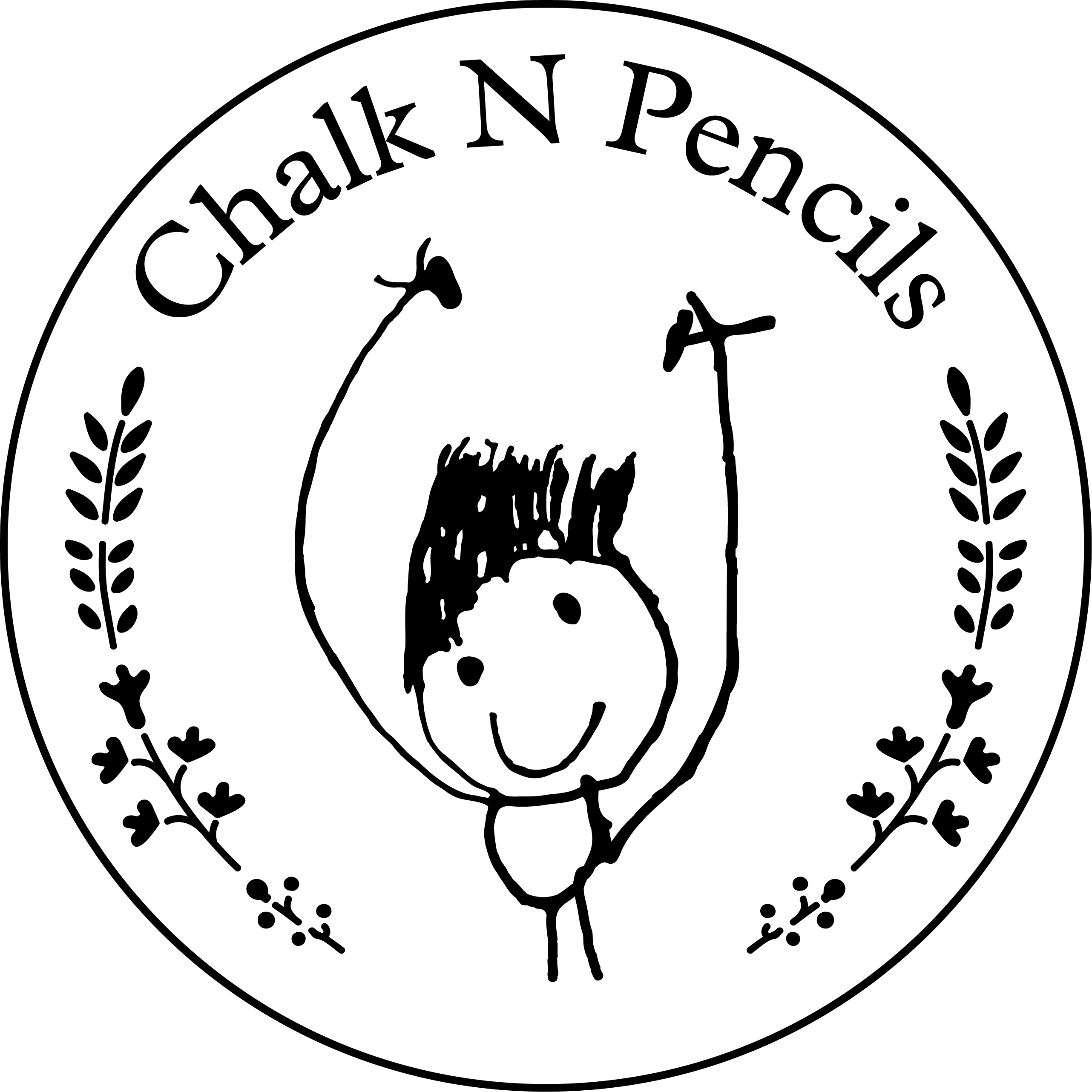The Value of Art Appreciation for Children
Introducing Art Appreciation to Children
Discovering Artists and Kid’s Art Classes at Chalk N Pencils
At Chalk N Pencils, we believe in the power of art to inspire and educate. Our kid’s art classes are designed to introduce young learners to various artists and their techniques. We provide a nurturing environment where children can explore their creativity, learn about different art styles, and develop their art appreciation skills. Whether your child is a budding Picasso or just enjoys a good coloring book, our art classes offer something for everyone.
Art Appreciation Activities
Here are some activities to help your kids embark on their art appreciation journey:
Splatter Painting Like Jackson Pollock
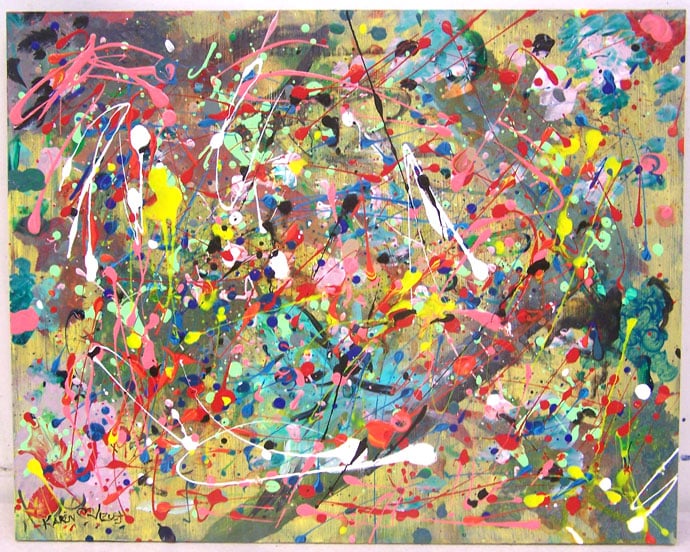
Description: This activity allows kids to explore abstract expressionism, a style popularized by Jackson Pollock. It’s a fun and messy activity that encourages freedom of expression.
Artist Story: Jackson Pollock was an American painter known for his unique style of drip painting. He would lay a canvas on the ground and then drip or pour paint onto it from above, allowing him to control the flow of the paint without touching the canvas. His paintings are a celebration of chaos and creativity.
Steps:
Lay a large canvas or sheet of paper on the ground.
Dip a paintbrush in paint and let your child splatter it onto the canvas.
Encourage them to try different colors and splatter techniques.
Learning Objectives: Develop creativity, understand abstract expressionism, learn about Jackson Pollock.
Materials Required: Large canvas or sheet of paper, paint, paintbrushes.
Stencils and “Spray Paint” Like Banksy
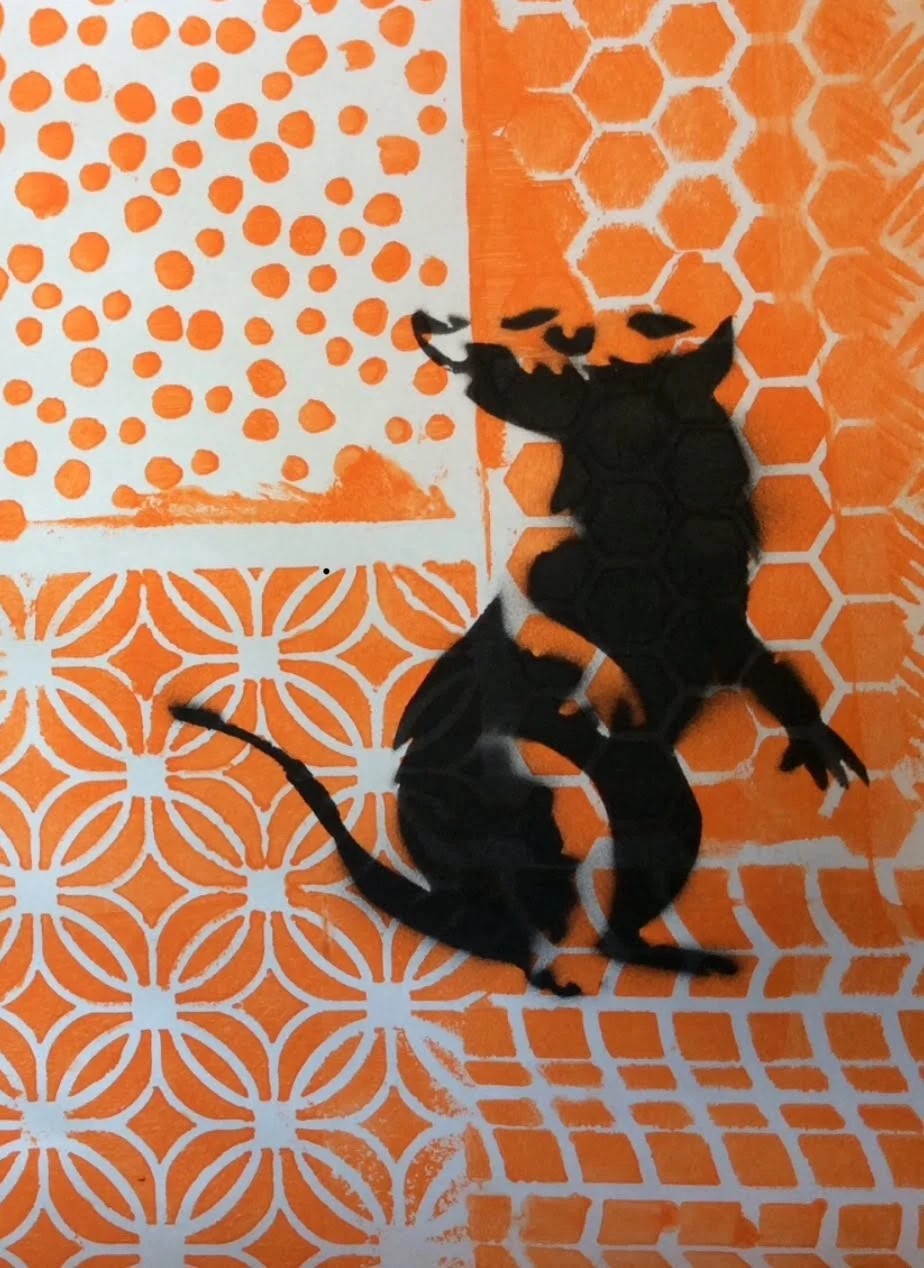
Description: This activity introduces kids to street art and the work of the mysterious artist Banksy. Using stencils and spray bottles, they can create their own graffiti-style artworks.
Artist Story: Banksy is a pseudonymous England-based street artist, political activist, and film director. His satirical street art and subversive epigrams combine dark humor with graffiti executed in a distinctive stenciling technique. His works of political and social commentary have been featured on streets, walls, and bridges of cities throughout the world.
Steps:
Help your child create a stencil of their desired design.
Place the stencil on a piece of paper.
Fill a spray bottle with paint and water, then let your child spray the paint over the stencil.
Learning Objectives: Understand street art, learn about Banksy, develop creativity.
Materials Required: Stencil, paper, spray bottle, paint.
Styrofoam Printing Like Andy Warhol
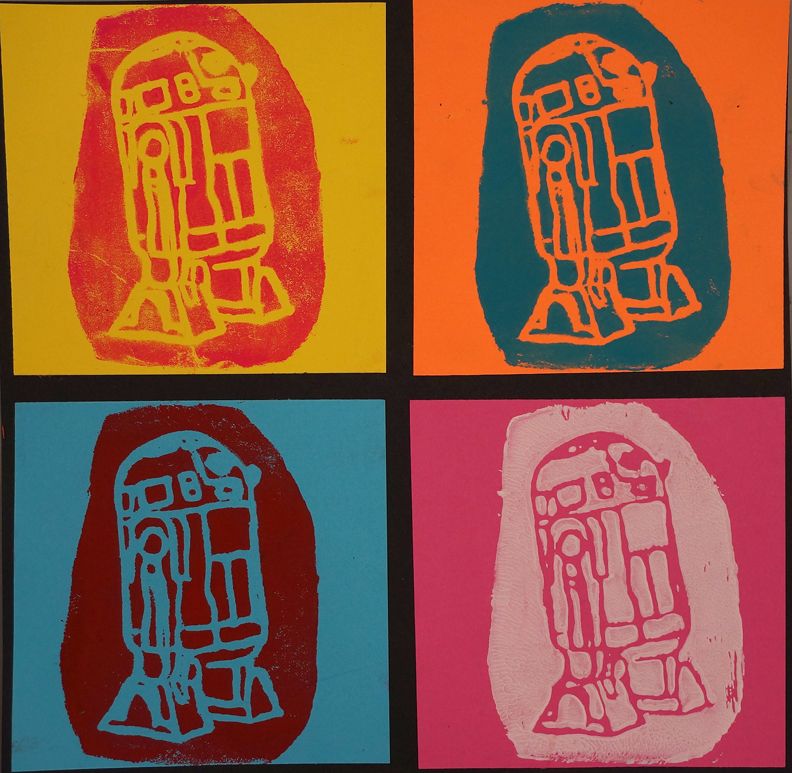
Description: This activity introduces kids to pop art and the work of Andy Warhol. Using styrofoam and paint, they can create their own print artworks.
Artist Story: Andy Warhol was an American artist, film director, and producer who was a leading figure in the visual art movement known as pop art. His works explore the relationship between artistic expression, advertising, and celebrity culture that flourished by the 1960s.
Steps:
Help your child draw a simple design on a piece of styrofoam.
Apply paint on the styrofoam with a roller.
Press a piece of paper onto the painted styrofoam to transfer the design.
Learning Objectives: Understand pop art, learn about Andy Warhol, develop creativity.
Materials Required: Styrofoam, paint, roller, paper.
“Tissue Paper” Water Color Like Monet
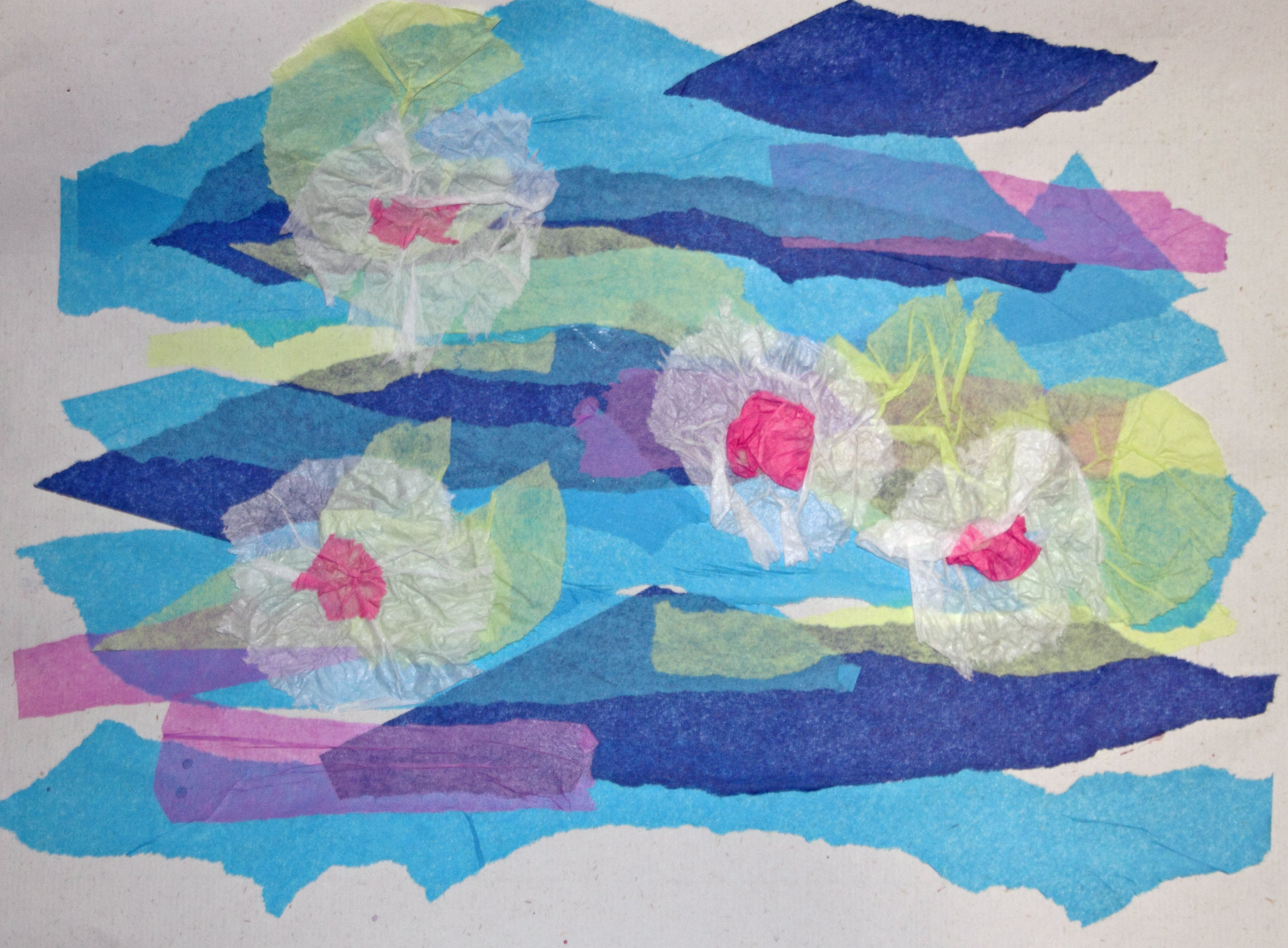
Description: This activity introduces kids to impressionism and the work of Claude Monet. Using tissue paper and water, they can create their own impressionist-style artworks.
Artist Story: Claude Monet was a French painter, a founder of French Impressionist painting and the most consistent and prolific practitioner of the movement’s philosophy of expressing one’s perceptions before nature, especially as applied to plein air landscape painting.
Steps:
Help your child cut out pieces of colored tissue paper.
Arrange the tissue paper pieces on a piece of watercolor paper.
Spray water onto the tissue paper and let it dry.
Once dry, remove the tissue paper to reveal the watercolor effect.
Learning Objectives: Understand impressionism, learn about Claude Monet, develop creativity.
Materials Required: Colored tissue paper, watercolor paper, spray bottle, water.
Frequently Asked Questions
How can I introduce my child to art appreciation?
Start by making art a part of your child’s daily life. Visit art museums, read books about art, and encourage your child to express their thoughts and feelings about the artworks they see.
What age is appropriate to start art appreciation?
It’s always early enough to start art appreciation. Even toddlers can enjoy looking at colorful paintings or sculptures. As your child grows, you can introduce more complex concepts and artworks.
How can art appreciation benefit my child’s development?
Art appreciation can enhance your child’s cognitive, emotional, and social development. It fosters critical thinking, emotional intelligence, and cultural understanding.
How can I make art appreciation fun and engaging for my child?
Make art appreciation a hands-on experience. Encourage your child to create their own artworks, experiment with different art materials, and explore various art styles.
What resources can I use to teach my child about different artists?
There are many children’s books, websites, and apps that provide information about different artists and their works. Art museums and galleries often have educational programs and resources for children as well.
Conclusion
Art appreciation is a wonderful gift to give to your children. It opens their eyes to the beauty and diversity of the world, nurtures their creativity, and enriches their understanding of different cultures and histories. At Chalk N Pencils, we are committed to fostering art appreciation in children through our engaging and educational art classes. Book a trial class today and let your child embark on an exciting art appreciation journey.
Exclusive Offer for Our Readers!
$5 off a trial art class at Chalk N Pencils when you click through this link and send us a message on WhatsApp.
Join Our Community
Eager to start your artistic journey? Join our community of artists in Singapore today! Whether you're looking to learn, create, or simply enjoy the company of fellow art enthusiasts, Chalk N Pencils is the place to be.






